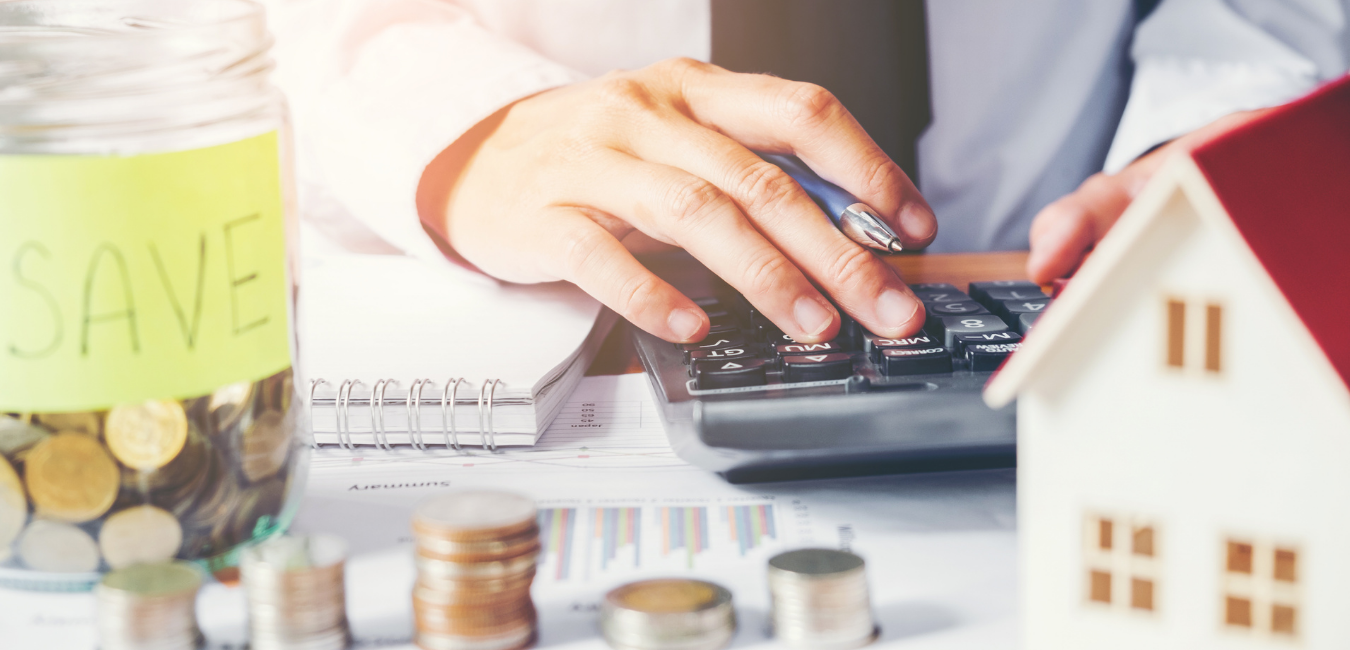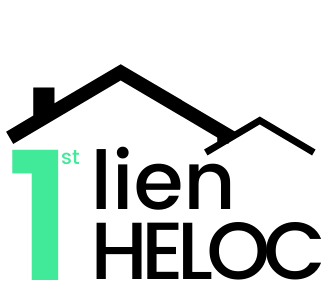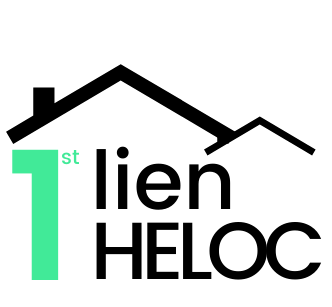Understanding Velocity Banking, and How It Helps You Rapidly Pay Down Debt
Updated as of January 2, 2024 | FirstLienHELOC.com

Is Velocity banking the right option for you?
Rising home prices and interest rates have many homeowners opting for a HELOC rather than a cash-out refinance to tap into their home equity for debt consolidation.
Using home equity to consolidate credit card, medical, and other types of debt is commonplace. But, a concept called velocity banking, a debt pay-down hack, has gained momentum over the past number of years. Supposedly it can help homeowners pay down debt rapidly, including a mortgage, using a HELOC. Some have used it to pay off a 30-year mortgage in less than seven years.
Can it help you pay off your mortgage faster? It isn’t the right strategy for everyone, but it’s a game-changer for some. This guide explains how it works and who it works best for.
How Velocity Banking Works
Using the velocity banking strategy, you use your HELOC as your checking account, in addition to other methods of savings accounts outside of the HELOC.
Once open the HELOC, draw almost the entire amount, leaving enough for emergencies if you don’t have an emergency fund.
Take the draw and put it toward your debt and monthly bills, including your mortgage. When you get paid, put your entire paycheck back toward the HELOC.
You will continue you do this, paying bills from the HELOC and repaying it with your paychecks until all your consumer debt is paid off. Then you can begin using it to not just pay your mortgage but pay down your mortgage.
An Example,
Suppose the following:
- Income: $10,000 per month
- Monthly bills, including minimum credit card payments and mortgage payment: $8,000
- Credit card debt: $6,000
- HELOC: $25,000
You take a $23,000 draw on the HELOC and leave $2,000 in case of an emergency. You put all your bills on your credit card throughout the month, then use the $23,000 draw to pay the month’s credit card charges, the $6,000 credit card balance, and your mortgage payment. Now your credit card is paid off.
When you get paid, you take your $10,000 paycheck and repay the HELOC, which will give you $10,000 minus interest that you can once again draw on to pay monthly expenses and your mortgage payment. Additionally, you can pay a lump sum to your mortgage principal.
You continue this, putting all your income toward the HELOC and drawing on the HELOC to rapidly pay down your mortgage.
Once again, this example is very simplified, but it illustrates how simple the velocity banking strategy is.
A tip: If you couple a concept known as “paycheck-parking” with velocity banking, you can save quite a bit in HELOC interest. Apply your paycheck to the HELOC at the first of the month (or beginning of the billing cycle).
Then pay your bills and mortgage payment from the HELOC at the end of the month (or cycle). As with any revolving debt balance, if you make a payment at the start of the billing cycle rather than the end, you won’t accumulate as much interest over the month.
Why Does Velocity Banking Work?
The interest rate on a HELOC is much lower than on credit cards. It stands to reason that velocity banking allows you to pay high-interest down debt faster. Less accruing interest means more money going to the principal. Many people can pay off credit card balances entirely with the first HELOC draw anyway.
With HELOC rates typically higher than mortgage rates, does velocity banking actually save money when paying off your mortgage?
You’d have to do the math to determine if and how much velocity banking would save you in mortgage interest. Much depends on your mortgage and HELOC rates and whether your variable HELOC rate increases.
So while paying down your mortgage as quickly as possible will save you money, only the math will tell you if using a HELOC or your regular monthly cash flow will save you more.
Who Velocity Banking Is For
Most people who use velocity banking want an aggressive path to financial freedom. They dedicate themselves to putting as much money as possible into paying down their debts. A HELOC gives them a way to do that even faster.
A few things are necessary for most people to succeed with velocity banking. First, you should have a positive monthly cash flow. Second, you want a HELOC with an interest rate less than or at least equal to your mortgage interest rate. Finally, you need to be dedicated to paying down debt. Taking on any additional debt will derail your efforts.
If you have trouble controlling spending, velocity banking can worsen your financial situation. Taking on debt to pay off debt does not typically work for those with a spending problem; however, velocity banking can be a beneficial mortgage pay-down strategy for those disciplined with their budget.
You’ve likely noticed there’s been no mention of how savings plays into velocity banking.
If you begin velocity banking, make sure you continue to put money into savings. While it makes good financial sense to pause savings in some financial scenarios and use your money for another purpose, paying down your mortgage is not one of them. Mortgage interest savings will not usually offset what you’d be losing on long-term investments.
The Perks of Velocity Banking
While not everyone is in a financial position to benefit from velocity banking, it does offer some big financial perks for those who are.
Velocity banking makes debt consolidation and quick debt reduction possible for those willing and able to make it work. By reducing debts more quickly, you’ll have more cash flow available for investing and building wealth. This will put you on a faster path to financial freedom than most people think is possible.
Use the Equity in the Home to Pay Off Your Mortgage
You have several options for paying off a mortgage early. Velocity banking can help you achieve this goal faster than most.
Another option, a first lien HELOC, could also help you pay off your mortgage faster, perhaps even than the velocity banking strategy. We can help you decide which approach is best suited for you.
Disclaimer: The statements on this page assume a positive cashflow personal financial situation. If the household expenses exceed the total household income, this could cause an increase in principal balance over time and could result in worse financial circumstances.
Achieve Financial Freedom
Sign up on FirstLienHeloc.com to get connected with a licensed lender who can deliver an all-in-one 1st Lien HELOC. They’ll walk you through the application process and help outline your budget, your numbers, and exactly how much you can save by replacing your mortgage.

